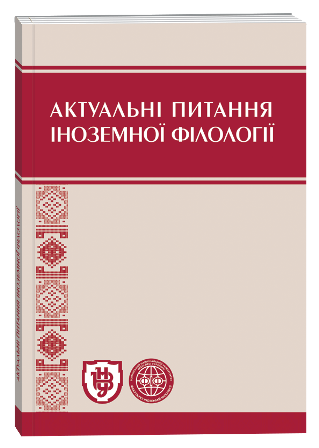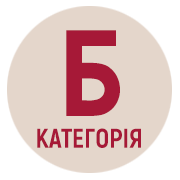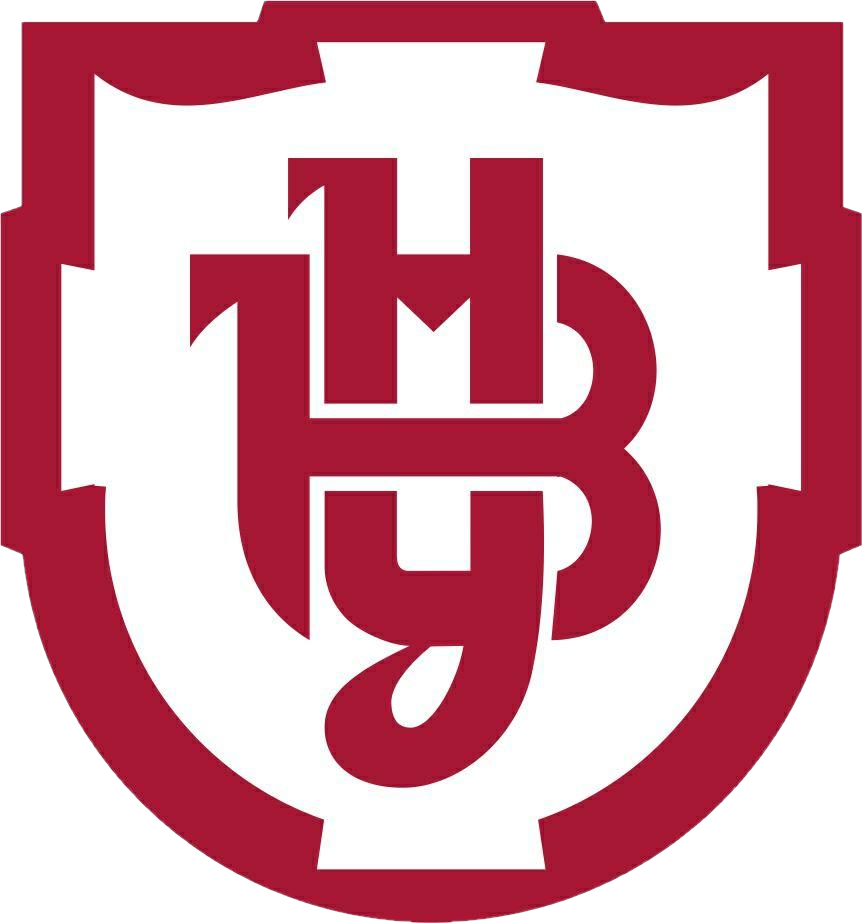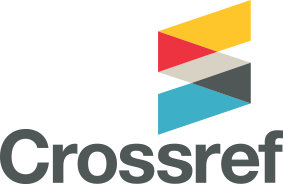NARRATORIAL INSTANCE IN THE LENS OF HISTORICAL POETICS
Keywords:
epoch of eidetic poetics, epoch of artistic modality, narratorial instance, evolution, precursor-successor relationship, self-reflexivity, arrangerAbstract
The article deals with the evolution of a narratorial instance within the framework of historical poetics. The latter is understood in the lens of the ideas of M.Bakhtin and S.Broytman. The narrator is known to be one of the three anthropocenters responsible for story-telling of any kind. The others are the author and the reader. The author and the reader both inhabit the real world, it is the author’s function to create the alternate world, people, and events within the story. It is the reader’s function to understand and interpret the story. The narrator exists within the world of the story and presents it in a way the reader can comprehend. This claim is an initial standpoint of our approach to a narrator as the agent of literary communication. The status and function of the narrator are historically variable. They changed and developed in the course of literary evolution. The cultural and historical experience of human being can be divided into three epochs: the epoch of syncretism, the epoch of eidetic culture, the epoch of artistic modality. The narrative situations employed by the writers of the eidetic modality epoch are authorial (with a dominant external perspective) or first-person with the prevailing role of the narrator who belongs to the fictive world and who narrates a story from the perspective of a participant. During the epoch of artistic modality the narrator becomes invisible and is replaced by a figurate narrative medium (F. Stanzel). The epoch of artistic modality is characterized by a removal of the narrator from the fictive world and a delegation of focalization (G. Genette’s terminology) to the character. In the focus of the research is the effect of self-reflexivity and the “arranger” (H. Kenner) in the writers of the periods of modernism and postmodernism. The research demonstrates the littery precursor-successor relations in terms of the characteristics of a narratorial instance across the three trajectories of historical poetics.
References
Бахтин М. М. Эстетика словесного творчества / М. М. Бахтин. – М. : Искусство, 1979. – 424 с.
Бахтин М. М. Литературно-критические статьи / М. М. Бахтин. – М. : Худож. лит., 1986. – 543 с.
Бехта І. А. Дискурс наратора в англомовній прозі / І. А. Бехта. – К. : Грамота, 2004. – 304 с.
Бєляков О. О. Специфіка гіпертекстової комунікації (на матеріалі гіперроману Дж. Джойса «Полудень, легенда») / О. О.Бєляков // Науковий вісник Волин. держ. ун-ту імені Лесі Українки. – Луцьк : РВВ «Вежа ВДУ ім. Лесі Українки, 2007. – № 3. – С. 124–129.
Бройтман, С. Н. Историческая поэтика. Историческая поэтика : учеб. пособ. / С. Н. Бройтман. – М. : РГГУ, 2001. – 320 с.
Гузь О. О. Від міфу до постмодернізму / О. Гузь. – Тернопіль : Мандрівець, 2007. – 208 с.
Ткачук О. М. Наратологічний словник / О. Ткачук. – Тернопіль : Астон, 2002. – 173 с.
Abrams A. Glossary of Literary Terms. – 6th ed. – Harcourt : Brace College, 1999. – 366 p.
Barth J. Lost in the Funhouse / John Barth. – New York : Anchor Books, 1988. – 201 p.
Booth A. The Norton Introduction to Literature / Alison Booth, J. Paul Hunter, Kelli J. Mays. – NY ; L : W. W. Norton & Company, 2005. – 2328 p.
De Jong J. F. The Origins of Figural Narration in Antiquity / Iryne J. F. de Jong // New Perspectives on Narrative Perspective / ed. by Willie Van Peer and Seymour Chartman. – Albani : State University of New York Press, 2001. – 398 p.
Delaney D. Ward. Fields of Vision / Denis Delaney, Ciaran Ward, Carla Rho Fiorina. – Harlow : Pearson Education Limited, 2003. – Vol. 2. – 210 p.
Fargnoli A. N. James Joyce A to Z: the Essential Reference to his Life and Writings / A. Nicholas Fargnoli, Michael Patrick Gillespie. – New York : Oxford University Press, 1996. – 304 p.
Fowler A. History of English Literature / Alastair Fowler. – Oxford : Basil Blackwell Ltd, 1989. – 409 p.
Fowles J. The French Lieutenant’s Woman / John Fowles. – London : Triad Panther, 1985. – 399 p.
Genette G. Narrative Discourse / G. Gennette. – Oxford : Basic Blackwell, 1986. – 286 p.
Joyce J. Ulysses / James Joyce. – Harmondsworth: Penguin Books, 1985. – 720 p.
Richardson B. Unnatural Voices Extreme Narration in Modern and Contemporary Fiction. Literary Critisism / B. Richardson. – Columbus : Ohio State University, 2006. – 168 p.
Sikorska L. A. Short History of English Literature / Liliana Sikorska. – Poznan : Wydawnictwo Poznańskie, 2011. – 777 p.
Somer J. The Self-Reflexive Arranges in the initial style of Joyce’s “Ulysses”/ John Somer. – Vol. 31. – No. 2. – Wiater. – 1994. – P. 65–79.
Stanzel F. K. A Theory of Narrative / Frauts Stanzel. – Cambridge : Cambridge UP, 1986. – 308 p.
Stoicheff P. The Chaos of Metafiction / Peter Stoicheff // Chaos and Order: complex dynamics in Literature and Science / edited by N. Katherine Hayles. – Chicago : The University of Chicago Press, 1991. – P. 85–99.
Stonehill B. The Self-Conscious Novel / Brian Stonehill. – Philadelphia : University of Pennsilvania Press, 1988. – 221 p.
Wallace M. Recent Theories of Narrative / Martin Wallace. – Ithaca : Cornell. UP, 1986. – 242 p.
Waugh P. Metafiction. The theory and Practice of Selfconscious Novel / Particia Waugh. – L. and NY : Methuen, 1984. – 176 p.
Downloads
Published
How to Cite
Issue
Section
License
Copyright (c) 2025 Олександр Беляков

This work is licensed under a Creative Commons Attribution 4.0 International License.







